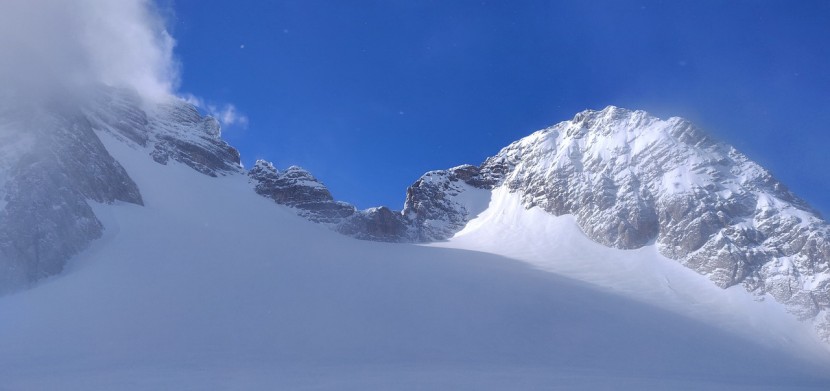
According to a study, the Bering land bridge could be older than the last Ice Age.
Bering Land Bridge Links Two Major Earth Landmass
The land bridge that formed when the Bering sea was lower, which linked the Asian part of the world to North America, is supposed to have existed on initial dates mentioned by scholars. Still, humans were able to cross it when it was formed, reported Live Science.
Research into the sea level of the now nonexistent ancient land bridge about 46,000 years ago would not come to be until 37,7000 years ago. This is less than 10,000 years until the last Ice Age, called the Last Glacial Maximum (LGM), which was posted on December 27 in the Proceedings of the National Academy of Sciences, states PNAS.
Instead, the land bridge would present at the end of the Pleistocene epoch from 2.6 million to 11,700 years ago. It was when cold and hot interglacial periods would be the climate then. The dates are still argued, but some researchers stick with 30,000 to 16,000 years in the past.
The Last Ice Age
New evidence shows that ice sheets covered all areas of the earth so long ago, with the effect of freezing water that lowered sea levels in the later glacial cycle. The Bering Strait was open and later flooded about 46,000 to 35,700 years ago, noted Science Daily.
Even before the last global maximum 26,500 to 19,000 years ago, the ice sheets were already there. During this time, the ice sheets covered what is the United States now.
During the LGM, the big freeze lowered the sea level by 425 feet compared to today, which allowed humans and even the ice age mammalian giants to move to the other side. More ice was most plentiful in the Glacial maximum.
Tamara Pico, a study co-author connected to the University of California, Santa Cruz, said that 46,000 years ago, upwards of 50% of the world's ice quantity at the Last Glacial Maximum went up, per News UCSC.
Comprehending the climate and ice sheets that show a substantial delay in the expansion of ice sheets when global temperatures fell.
Indicates there was a long gap in the growth of ice sheets after global average temperatures declined, and that's essential for comprehending the feedback mechanisms among climate and ice sheets.
Furthermore, crossing over the land bridge was done by people when it was possible between the continents. The time it took for humans to crossover to North America was significantly shortened. The ice sheets thawing as the earth got hotter led to the flooding of the land bridge about 11,000 to 13,000 years ago; it now is under what is called the Bering Sea.
Pico and her peers conducted the research to fully understand when the Bering Strait had been deluged with water from the Pacific Ocean. They began to look at the proportions of nitrogen atoms gathered from silt on the seafloor of the western Arctic Ocean.
Experts have been arguing how long the Bering Land Bridge stayed before it disappeared; this study adds more questions as the last Ice Age is part of the mystery.
Reported Article : Stonehenge Toolkit Shows High Degree of Gold Artisanship in the Bronze Age 4,000 Years Ago
© 2025 HNGN, All rights reserved. Do not reproduce without permission.








